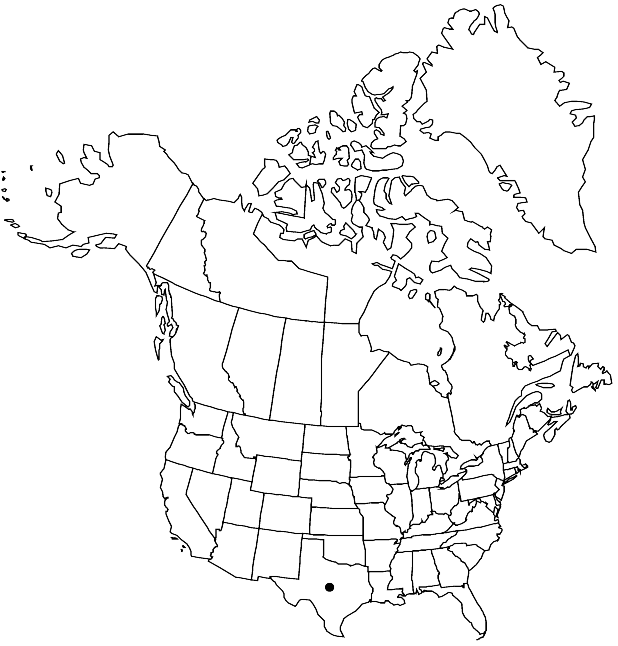Difference between revisions of "Physaria recurvata"
Novon 12: 327. 2002.
imported>Volume Importer |
imported>Volume Importer |
||
| Line 57: | Line 57: | ||
|publication year=2002 | |publication year=2002 | ||
|special status= | |special status= | ||
| − | |source xml=https:// | + | |source xml=https://bitbucket.org/aafc-mbb/fna-data-curation/src/2e0870ddd59836b60bcf96646a41e87ea5a5943a/coarse_grained_fna_xml/V7/V7_1123.xml |
|tribe=Brassicaceae tribe Physarieae | |tribe=Brassicaceae tribe Physarieae | ||
|genus=Physaria | |genus=Physaria | ||
Latest revision as of 22:30, 5 November 2020
Annuals or, sometimes, bi-ennials; with a fine taproot; sparsely pubescent, trichomes (sessile), 3–6-rayed, rays furcate, (tuberculate throughout). Stems several from base, erect or decumbent and straggling, (branched distally, branches usually filiform), to 5 dm. Basal leaves: blade obovate or rhombic to broadly elliptic, 1–4.5(–6.5) cm, margins entire or lyrate-pinnatifid. Cauline leaves: (proximal petiolate, distal sessile); blade rhombic or obovate to elliptic, 0.5–2(–3) cm, margins entire or sinuate to remotely toothed. Racemes loose. Fruiting pedicels (recurved in age), 5–10(–15) mm, (slender). Flowers: sepals elliptic or ovate, 2.5–5.5 mm, (median pair thickened apically, cucullate); petals (yellow to orange-yellow), obovate to cuneate, 4–7 mm, (apex sometimes retuse). Fruits globose or subglobose, not or slightly inflated, (2–)3–5(–7) mm; valves (not retaining seeds after dehiscence), glabrous throughout; replum as wide as or wider than fruit; ovules (4–)8–16(–20) per ovary; style (1–5–)2–4.5 mm. Seeds flattened. 2n = 10.
Phenology: Flowering Mar–Apr.
Habitat: Light dry soils, limestone chip, open rocky areas, among boulders, roadsides, pastures, stony open sandy prairies, dry streamside meadows, calcareous soils, limestone outcroppings, scrub-oak grassland flats
Elevation: 150-700 m
Discussion
Physaria recurvata is known from the Edwards Plateau.
Selected References
None.
